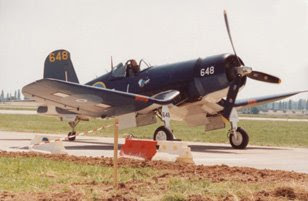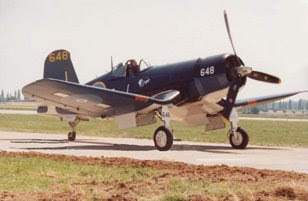 For thirty years I skied. Then, a couple of years ago, acute wheeziness caused a sudden skill migration and left me looking for the downlift. I told myself it was a hard resort (Zermatt, close to the Matterhorn) but I knew it was time to pack it in. Happily ski-ing is dominated by technology.
For thirty years I skied. Then, a couple of years ago, acute wheeziness caused a sudden skill migration and left me looking for the downlift. I told myself it was a hard resort (Zermatt, close to the Matterhorn) but I knew it was time to pack it in. Happily ski-ing is dominated by technology.SKI SHAPES Shorter these days and severely pinched at the centre to resemble elongated hour-glasses. Pressed into the slope by the weight of the skier they embrace its contours and make it easier to turn. Turning is the essence of ski-ing.
BOOTS Agony until you find the right pair. Unyielding for a purpose – to lock your ankle/calf into a forward-facing angle, the basis of the optimum stance. That’s the theory. But a steep slope makes you lean backwards. With no weight on them for control the skis surge forward…
LIFTS Four main types. Gondola Pro: Travels long distances with fear factor reduced to zero. Anti: Skis have to be removed and you have to stand. Chairlift Pro: Comfortable, out in the open, transportation. Anti: Getting off is a frequently varying art. Novices can cause chaos. Poma (skier bestrides a disc attached to metal pole) Pro: Solo skier gets to commune with nature and his fears. Anti: Ruts can be a worry. Going downhill (a rarity) can be terrifying. T-bar (two bums share the inverted arms of the T). Only Switzerland clings to this anachronism. It’s all anti.



















.jpg)
.jpg)













